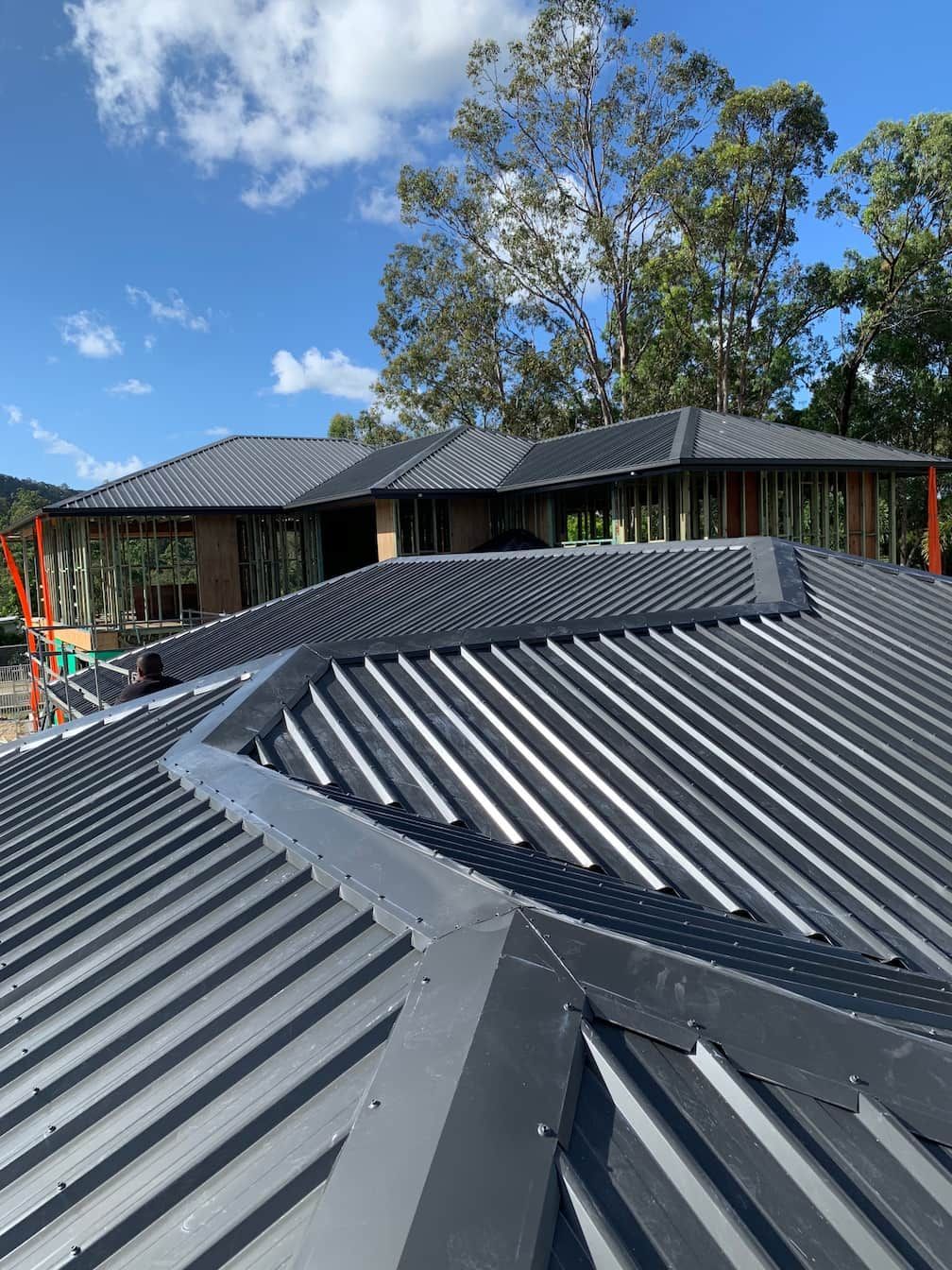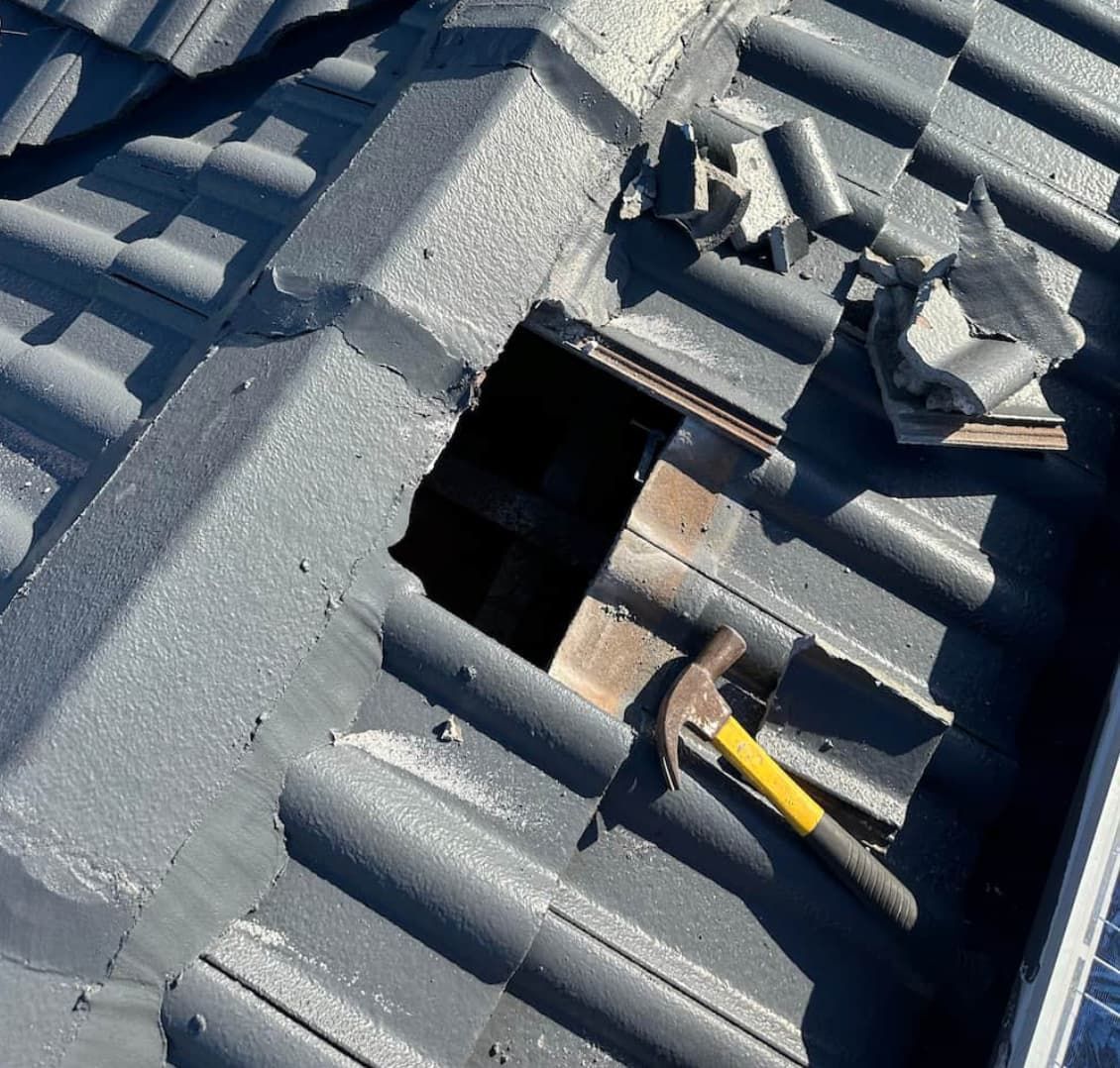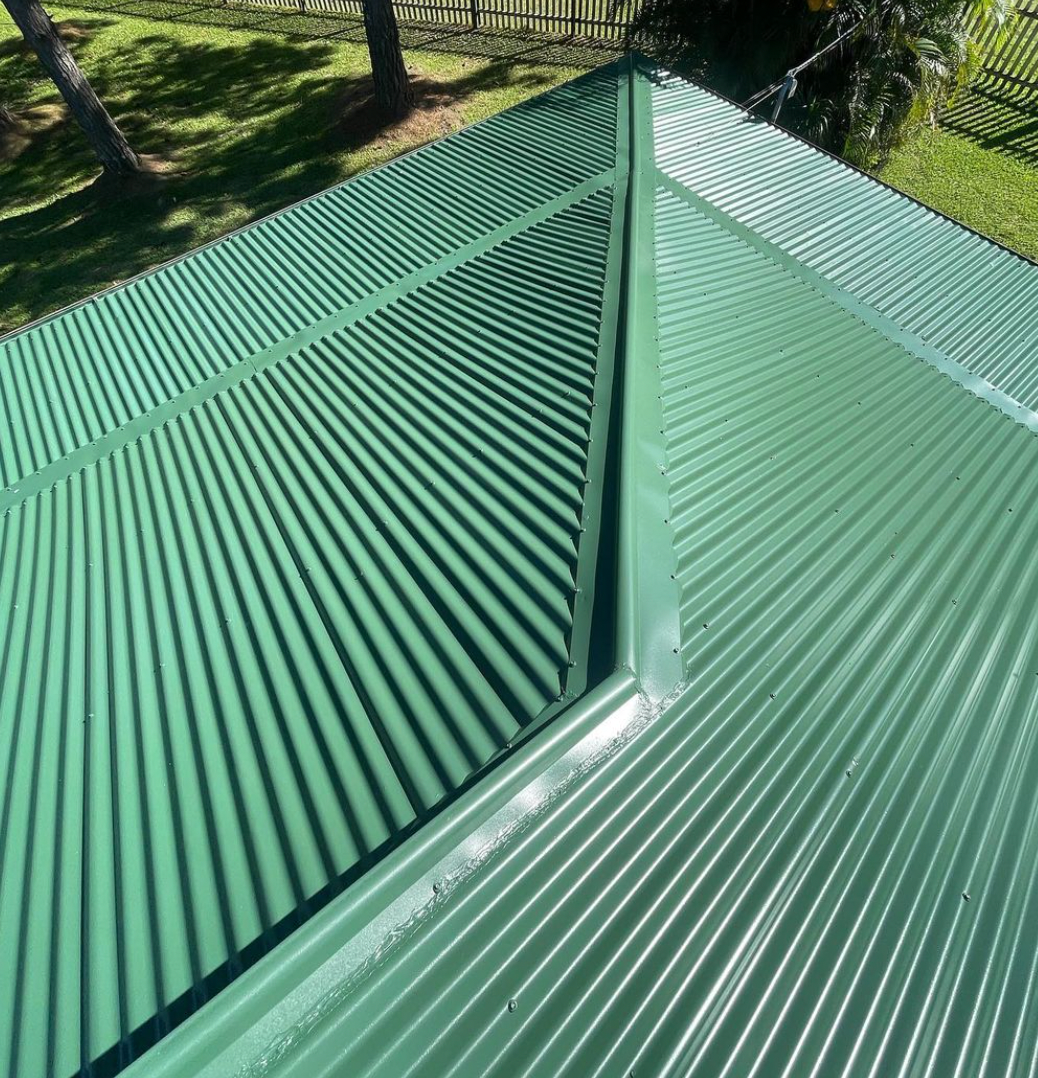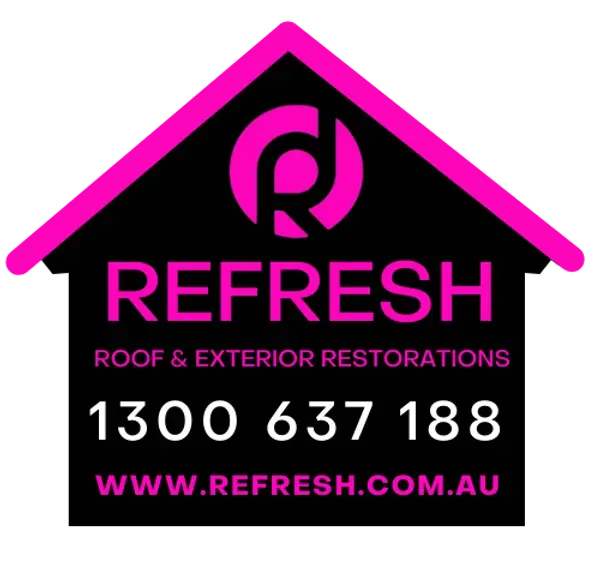What Is Roof Pointing & Repointing?
One of the most crucial elements of a roof is pointing. In this blog post, we answer the question, "what is roof pointing and repointing".
What is Roof Pointing?
Roof pointing refers to the process of applying pointing compound to seal the gaps between roof tiles and ridge caps. This material is usually applied over the cement bedding to provide an additional layer of protection and stability.
Modern pointing material is weather-resistant and can adapt to the natural movement of the roof, caused by temperature changes or shifting structures.
Historically, traditional cement was used for pointing, but it was prone to cracking over time. Today’s flexible pointing compounds are more durable and provide a cleaner finish.
Benefits of Roof Pointing
- Enhanced Weatherproofing
Pointing seals gaps and prevents water from penetrating your roof, protecting your home from leaks and moisture damage. - Increased Durability
Modern flexible pointing materials withstand temperature fluctuations and natural movements of the roof, extending the life of your roof. - Improved Aesthetics
Freshly pointed tiles and ridge caps enhance the overall appearance of your roof, giving it a clean and well-maintained look. - Cost Savings
Well-installed pointing prevents more extensive and expensive roof repairs in the future. - Structural Stability
Pointing secures ridge caps and roof tiles, reducing the risk of tiles becoming loose or dislodged during strong winds or storms.
What Causes Roof Pointing Damage?
Several factors contribute to roof pointing damage:
- Weather Exposure
Prolonged exposure to rain, wind and UV rays can cause the pointing material to crack and erode. - Roof Movement
Natural expansion and contraction of roof materials due to temperature changes can weaken the pointing over time. - Poor Installation
Improperly applied pointing may not adhere properly, leading to early deterioration. - Age
Older cement-based pointing materials are less durable than modern flexible compounds and degrade faster. - Debris and Vegetation
Accumulated debris and moss growth can trap moisture, accelerating the breakdown of pointing materials.
The Difference Between Roof Bedding and Roof Pointing
Roof Bedding
Bedding refers to the cement layer that secures ridge caps to the roof structure. It provides the foundational support for the ridge caps and is typically made of sand and cement.
Roof Pointing
Pointing is the final layer applied over the bedding to seal the gaps and enhance stability. Unlike bedding, pointing is flexible and prevents water ingress while accommodating natural roof movement.
What Is Roof Repointing?
Roof repointing involves the removal of deteriorated pointing material and the application of new, flexible pointing over the existing cement bedding. This process strengthens the bond between ridge caps and roof tiles, creating a secure and long-lasting finish.
Why Do You Need Repointing?
Over time, the pointing material on your roof can deteriorate due to exposure to the elements, including rain, wind and UV radiation. Cracks, gaps, or erosion in the pointing can lead to water ingress, which can damage your roof structure and interior.
Repointing becomes necessary when the existing pointing material has reached the end of its lifespan or shows visible signs of damage.
Regular inspections and prompt repointing are essential to avoid costly repairs down the line. Neglecting this maintenance can lead to structural problems and leaks.
Roof Repointing Work Typically Includes:
- Replacing Broken Roof Tiles
Damaged tiles are replaced with new or second-hand tiles, which may differ slightly in colour. These tiles are strategically placed on the less visible lower side of the roof. - Sealing Aerial Bolts and Protrusions
All exposed bolts and roof penetrations are cleaned and sealed to prevent leaks. - Clipping Loose Valley Cuts
Any loose valley cuts are clipped to maintain structural integrity. - Repointing Ridge Caps
Flexible pointing material is applied with a trowel finish over the existing cement bedding, securing ridge caps to the roof tiles. - Preventing Further Deterioration
This process stops further erosion of the bedding and ensures a durable, long-lasting finish. - Barge Caps Replacement and Painting
Broken barge caps are replaced and painted to match the roof’s appearance. - Warranty on Flexible Pointing
Modern pointing compounds often come with a factory warranty, typically covering five years or more.
How Much Does It Cost to Repoint a Roof?
The cost of repointing a roof varies depending on the size and complexity of the job. Repointing ridge tiles generally costs between $20 to $25 per lineal metre, with the total cost for an average-sized roof ranging from $1500 to $2500 plus GST.
Factors influencing the cost include:
- Roof Size
Larger roofs require more materials and labour, increasing the overall cost. - Job Complexity
Older roofs may require more preparation, such as removing deteriorated materials and cleaning the surface. - Labour Costs
Labour for repointing an existing roof is often higher than for new roofs due to the additional steps involved.
Conclusion
Roof pointing and repointing are essential maintenance tasks that protect your roof from the elements and extend its lifespan. By addressing issues early and ensuring high-quality repairs, you can save money, prevent damage, and maintain the aesthetic appeal of your home. Whether your roof requires minor repairs or a complete repointing job, get in touch with Refresh Roof & Exterior Restorations on the Gold Coast.
Written by Reece Worboys
Reece has been in the Gold Coast roofing game for over 15 years and is a trade-qualified roof plumber and painter/decorator. He's also a QBCC licensed supervisor and roofing contractor.







